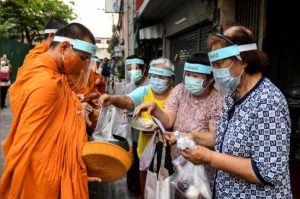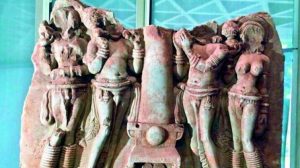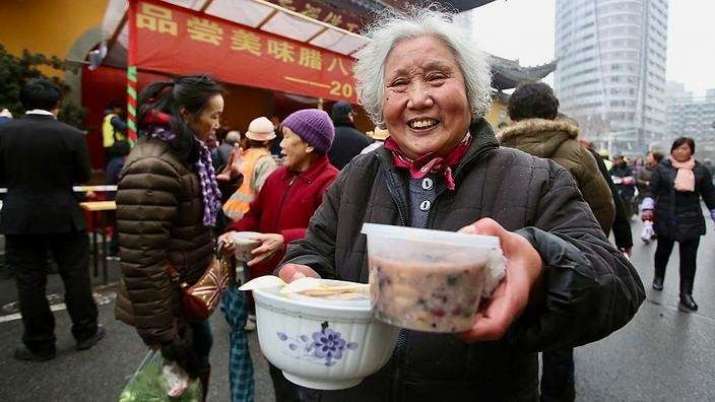
Chinese people across the world gathered at their local Buddhist temples on Wednesday to celebrate the Laba festival by eating specially prepared congee. The festival falls on the eighth day of the 12th month of the lunar calendar—24 January this year—which, according to the Mahayana tradition, is the day the Buddha attained enlightenment.
The word Laba comes from the Chinese name for the 12th lunar month “La” (臘) and “ba” (八), the Chinese word for “eight.” On this day, Chinese people traditionally worship their ancestors, and pray for a bountiful harvest, good health, and fortune, although it was only later in its history that the festival was attributed Buddhist significance.
The festival is also known as Laba Zhu, where zhu has a similar pronunciation to zhou, which means rice porridge. However, this is not the reason why the festival is celebrated by eating congee; just before attaining enlightenment, the Buddha, who was on his last legs in terms of health, was given some curd by a shepherd girl. As Buddhism spread from India to China, the curd was replaced with rice porridge (congee) common in China.
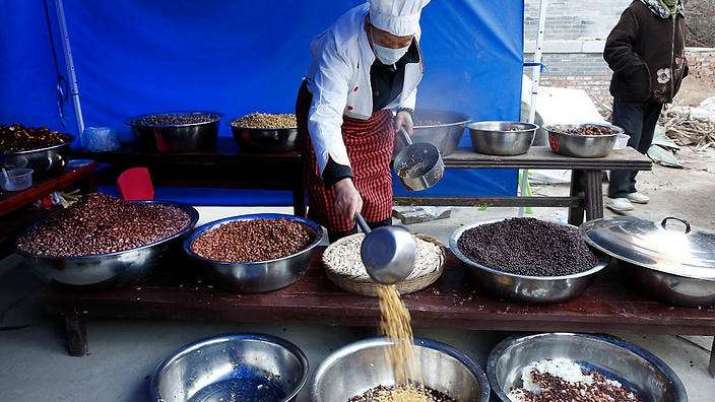
The special rice porridge eaten on this day is known as eight-treasure congee, and usually consists of at least eight different vegetarian ingredients, including rice, beans, fruits, and nuts. The exact ingredients depend on what is grown locally or what is locally available, and therefore ties in closely with the old tradition of praying for a good harvest during the festival. Along with the glutinous rice that makes up the staple ingredient of the congee, a local community might add lotus seeds, black-eyed beans, chickpeas, Chinese mushrooms, carrots, red dates, peanuts, and yams.
The Laba festival is celebrated across China, and everyone eats Laba congee. Buddhist temples cook the congee in bulk and many make the journey to temples to collect their bowl of rice porridge. The temples also distribute free congee at construction sites, communities, hospitals, nursing homes, and welfare houses.
The festival grew in popularity during the Qing dynasty (1636–1912), when the emperor, empress, and princes would offer Laba congee to ministers, or imperial maids. As for the common people, families would get together and cook Laba congee to worship their ancestors.
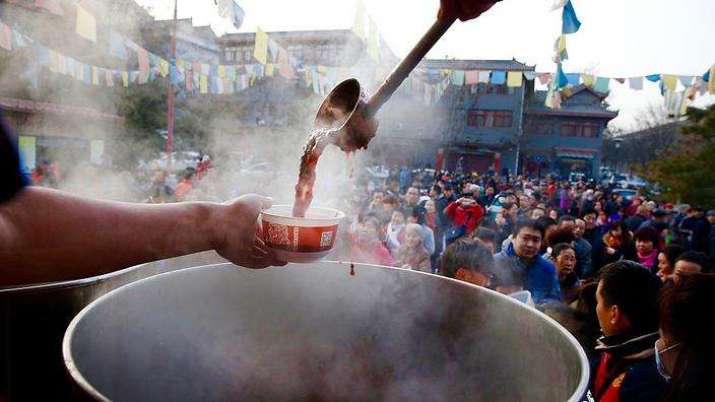
The Laba festival is also considered to be part of the preparation for Chinese New Year, which follows soon afterwards. Laba therefore serves as a reminder to begin preparations for the lunar new year celebrations and for travelers to return home to reunite with their families.
The festival is also popular with overseas Chinese communities. At Nan Tien Temple in Wollongong, Australia—the largest Buddhist temple in the Southern Hemisphere—Venerable Miaoyou observes that the festival is celebrated by the entire Chinese community and has, to some extent, surpassed its religious intent. Such is its popularity that those who are not religious also join in the festival, in the much the same way that many non-Christians like to celebrate Christmas. This year, devotees at Nan Tien Temple cooked more than 1,000 bowls of porridge, which were offered to the public for free.
See more
How Australia is celebrating China’s Laba Festival with congee (SBS)
Chinese Festivals: The Origin and Customs of the Laba Festival (Vision Times)
Here Comes Laba, What Does It Mean for Chinese? (New China)
Nan Tien Temple










